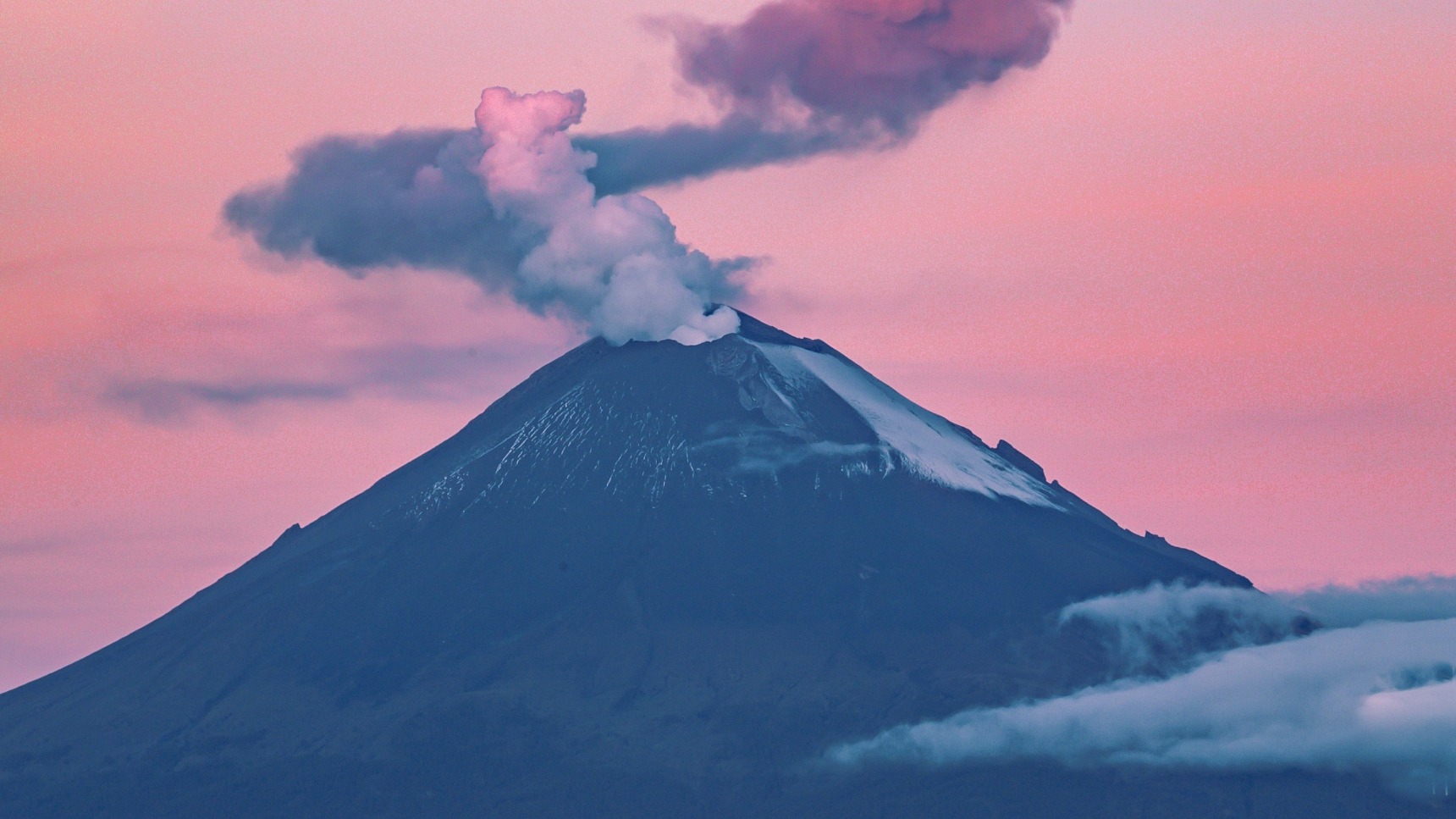Popocatépetl Volcano Eruption Update
A summary of the eruption of Popocatépetl volcano in Mexico. The eruption has been relatively mild, but the volcano is still considered to be a threat.
Geological Aspects
Popocatépetl is an active stratovolcano located in central Mexico, about 45 miles southeast of Mexico City. The volcano is 5,450 meters (17,880 feet) tall and has been erupting intermittently for centuries. The most recent eruption began in 1994 and has continued to this day.
Popocatépetl is a complex volcano with a number of different craters. The main crater is about 400 meters (1,300 feet) wide and contains a lava dome. The volcano also has a number of smaller craters and fumaroles.
The most recent eruption of Popocatépetl has been relatively mild. The volcano has emitted ash, gas, and lava, but there have been no major explosions. However, the volcano is still considered to be a threat and authorities have evacuated a number of people from the surrounding area.

Background Information
Popocatépetl is one of the most active volcanoes in Mexico. The volcano has erupted more than 15 times since the arrival of the Spanish in 1519. The most destructive eruption occurred in 1541, when the volcano spewed ash and lava that buried several towns and villages.
Popocatépetl is located in the Trans-Mexican Volcanic Belt, a chain of volcanoes that runs from central Mexico to Guatemala. The belt is the result of the subduction of the Cocos Plate under the North American Plate. The subduction process causes the mantle to melt, which creates magma that rises to the surface and erupts to form volcanoes.
The eruption of Popocatépetl is a reminder of the dangers of volcanoes. Volcanoes can erupt without warning and can cause widespread damage and destruction. It is important to be aware of the risks posed by volcanoes and to take precautions to stay safe.